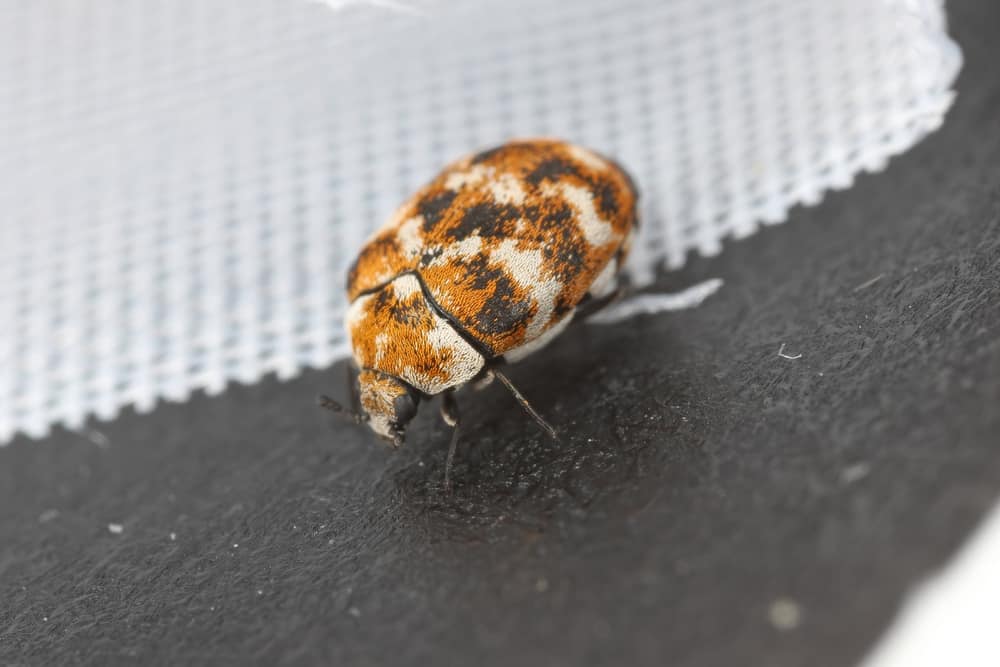Iowa may not be the most populous state in the nation, but it definitely has its own rugged Western charm. Known for its sprawling rural communities, gorgeous nature trails, and fun times in Des Moines, it’s easy to fall in love with the state.
Perhaps that’s why pests seem to love it too. Iowa is a midwestern state that tends to bring a lot of bugs with it. Homeowners who want to protect their property better get a good grip on what to watch out for. We’re here to help you keep your home safe with a quick guide.
What are the most common home insects in Iowa?
Iowa is a classic “flyover” state when it comes to the wildlife it holds. That means that you have a fairly typical selection of critters to watch for.
1. Wasps
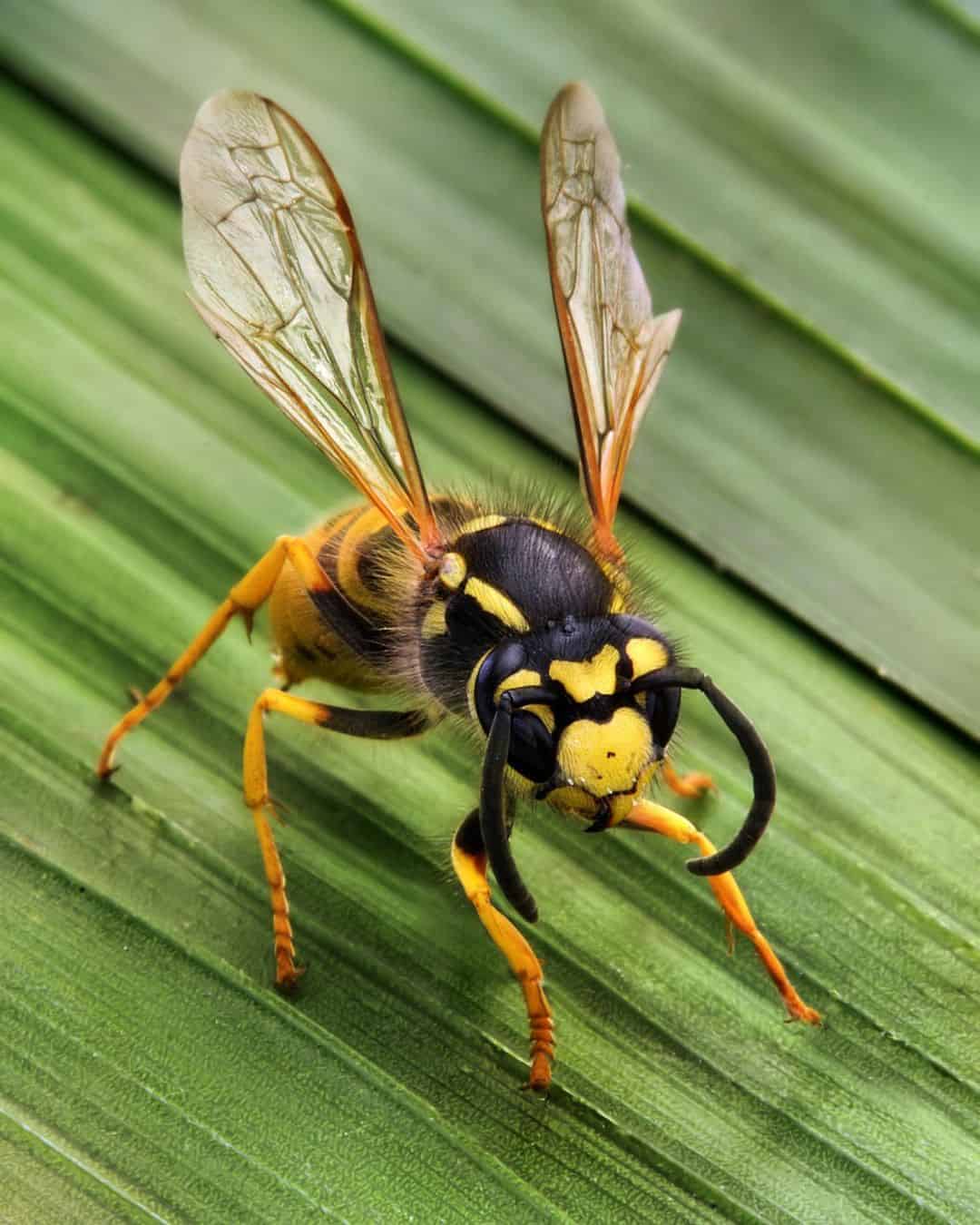
Image Credit: pestforce_cambridge
Just because they are yellow and black doesn’t make them as friendly as a honeybee! Wasps are basically bad guys with wings who love to sting anyone who comes close to their papery nests. (Oh, and they don’t make honey, either.)
These flying insects can turn into an infestation if they find their way inside your home. They love to nest in cracks, crevices, and nooks around a home. Sealing those crevices will prevent them from making a home inside your walls or in your attic.
Most wasps won’t go near people if their nest isn’t nearby. If you see a nest near your home, call animal control or a pest control company to remove it.
PRO TIP – This is also true for hornets, another common pest in Iowa farmlands.
2. Termites
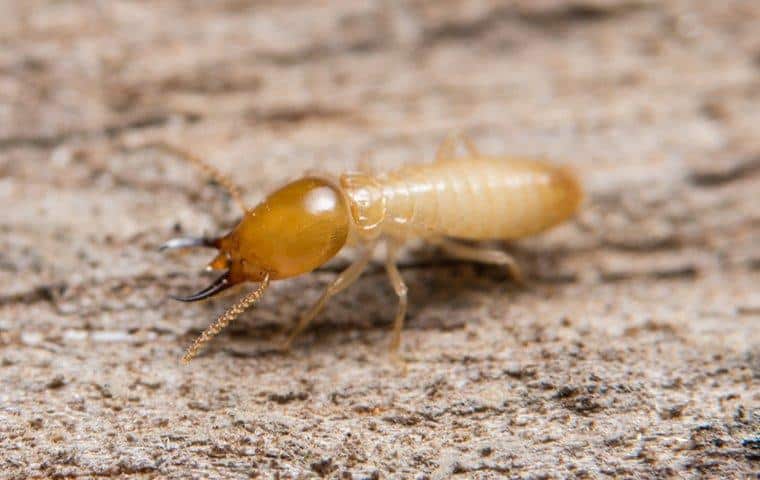
Image Credit: albemarlepestsolutions
Termites are a huge pest problem throughout both rural and suburban Iowa. These underground-dwelling critters eat wood—especially moldy wood. When they do, they burrow inside, tweaking the structure of the wood until it breaks.
Needless to say, this turns into a massive risk of damage for a typical home.
Since termites are such a huge issue in Iowa, it’s best to take a multi-pronged approach to prevention:
- Have your house’s bottom and basement encased in concrete. This prevents subterranean termites from burrowing their way up into your home.
- Seal, treat and paint all wooden parts of your home, deck, and furniture. Most items will need a regular sealing treatment just to keep them pest-proof. This includes decks and home exteriors.
- Keep firewood away from homes. Also, remove logs and other debris from the yard surrounding your house. To keep things slightly wildlife-friendly, consider giving a corner of your yard a “debris zone” for natural fauna.
- Call termite control if you notice strange holes in your furniture or home exterior. They will tell you whether you need treatment and will refer you to a contractor to help remove infested wood.
- Have an inspection every 10 to 15 years. Most municipalities will give you a suggestion on when to have it done.
3. Spiders
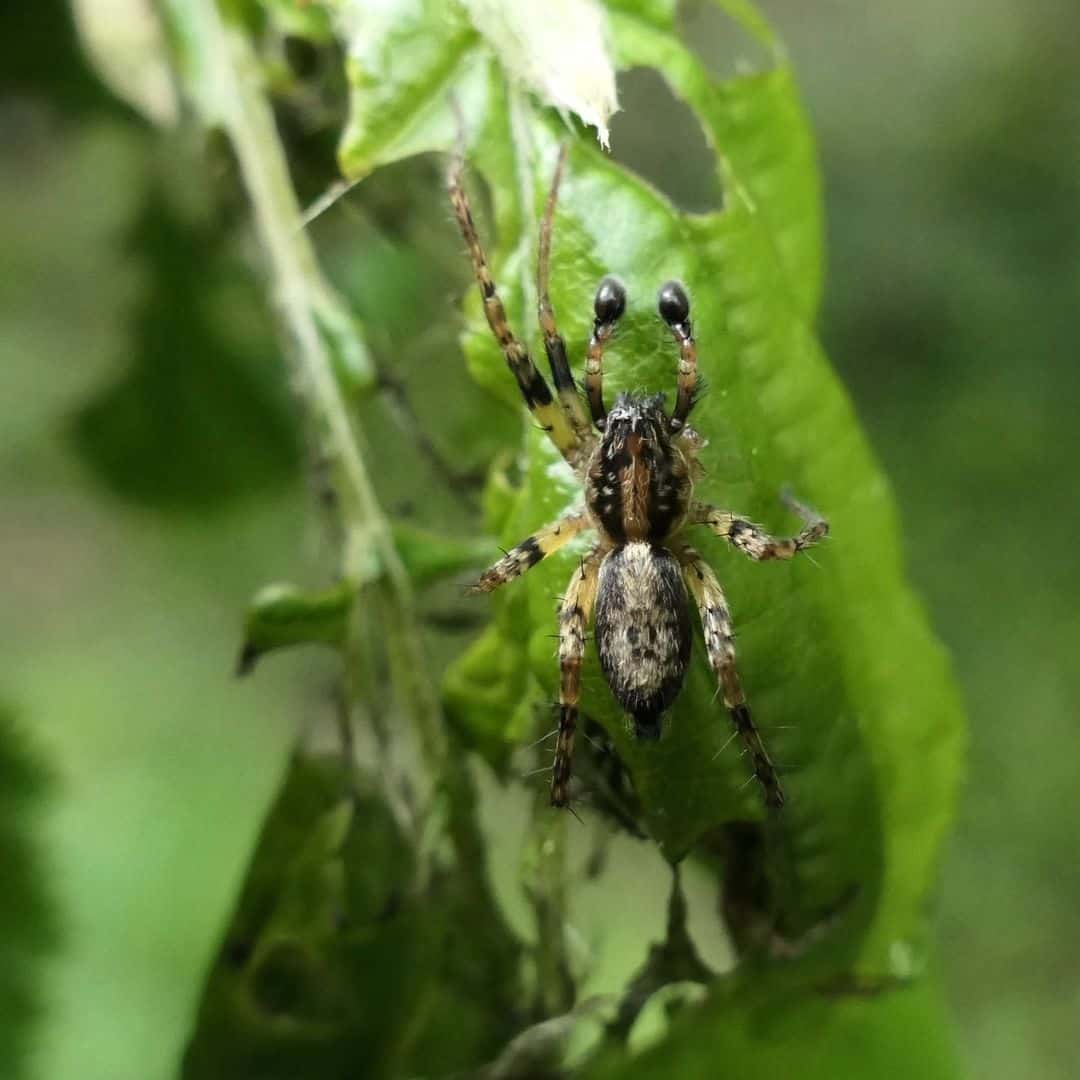
Image Credit: sophiachbt
While they may look scary, most arachnids are fairly innocuous. If they do have venom, they tend to use it on other pests like fleas, carpenter ants, and flies. So, in most cases, you shouldn’t worry about prevention.
There are some spiders that can cause concern, though. These include black widows, brown widows, and brown recluse spiders. If you see these in your crawl spaces, keep your pets away and call a pest control service immediately.
If you insist on preventing spiders in your home, plant a lot of mint and lemongrass around the perimeter of your home. Spiders hate these smells!
4. Cockroaches
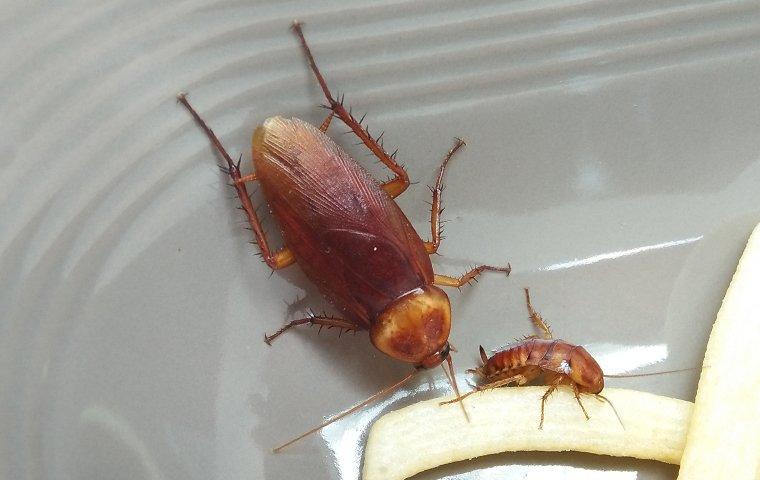
Image Credit: pestmaster
Unlike spiders, which can be overall beneficial to a home, cockroaches are a true menace. They carry a wide range of diseases and can also trigger an allergic reaction in sensitive people. Oh, and they leave brown stains as they walk around the home.
If you see roaches in your home, you need to get pest control. This is an indicator that an infestation has already been present for a long time without you knowing and that they’re probably laying eggs right now.
All cockroach species can be found in Iowa, though German cockroaches and American cockroaches tend to be the most common. Here’s how to prevent them from raining on your parade:
- Take out the trash and keep your compost pile far away from your home. If you have an apartment, you should keep an eye out for neighbors who need help cleaning.
- Do not leave pet food on the floor overnight. Roaches will eat anything from vegetation to greasy meats…like the stuff found in pet food.
- Cover pipes and drains at night. Cockroaches can enter the home through these areas. A pot lid will do.
- Lay out roach traps from time to time. A pest control company can help you out, but this can also be a DIY project. If you are a renter, ask a landlord for preventative measures if your neighbor has roaches.
5. Centipedes
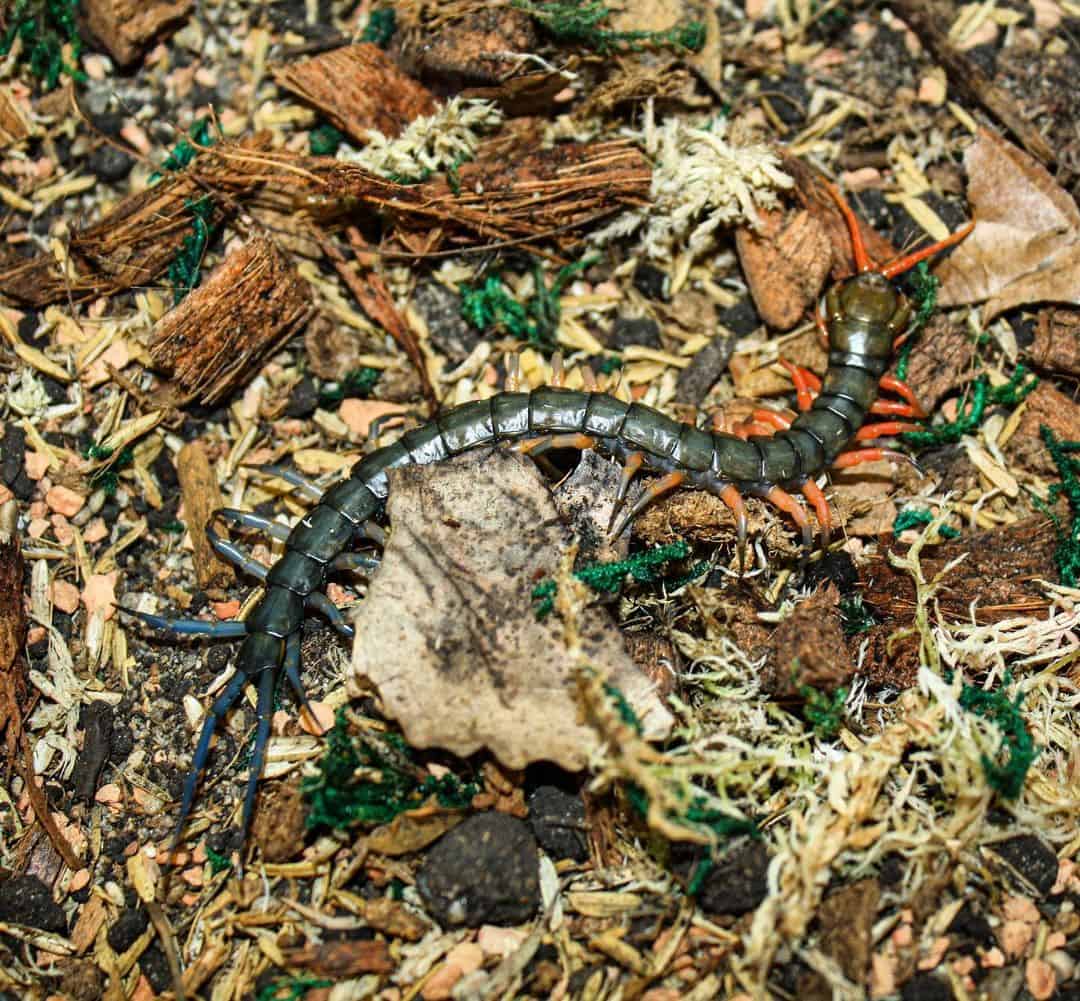
Image Credit: arachnidrarities
Centipedes, like spiders, tend to prey on other pests. While they may look scary and have venom, they rarely attack people. If they do, you may get some soreness and swelling, but that’s about it.
Preventing them is simple. They love moisture, which is why they lurk in bathrooms and kitchens. Dehumidifiers can help. They also need prey to survive, so taking care of any pests that you have alongside them will get you rid of them completely.
PRO TIP – Like spiders, centipedes hate the smell of lemon and mint. Using scented products and planting mint outside your Iowa home will reduce their prevalence.
6. Bed Bugs
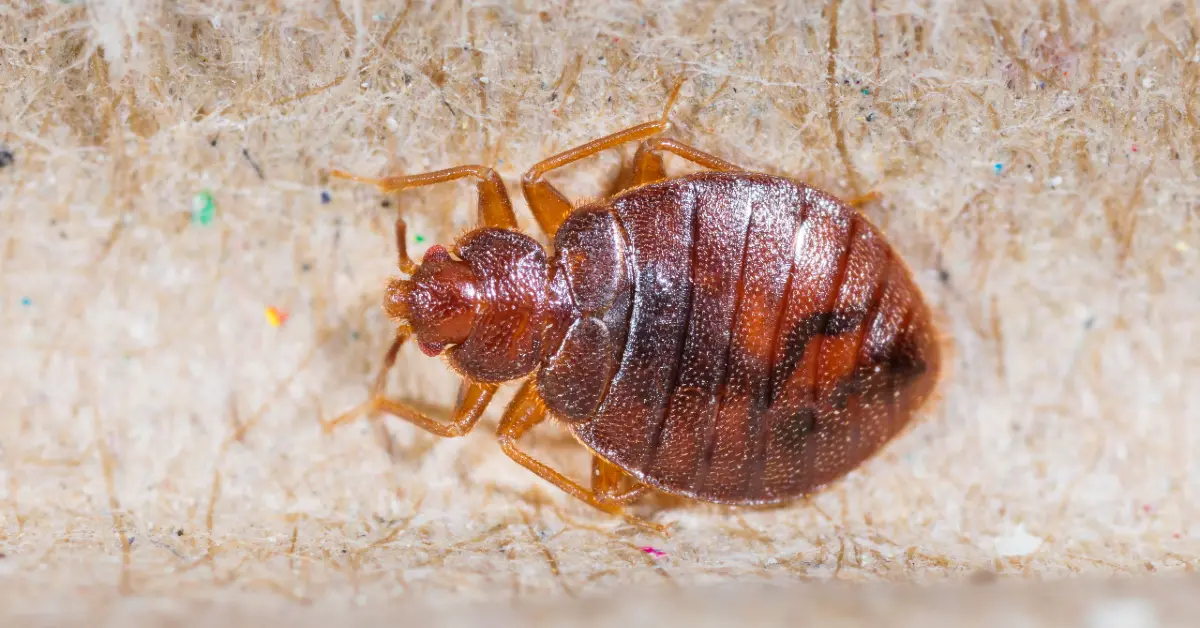
Image Credit: westernexterminator
Iowa has a ton of insects that are common throughout the state, but bed bugs are a bit different. They tend to congregate more around city areas because it’s easier for them to travel from place to place in high-population-density areas.
Most people know bed bugs as the biting insects that leave “three in a row” bites on people as they sleep. They do not carry diseases, but they do damage property by leaving near-permanent stains on mattresses, carpets, and fabrics.
With that said, these reddish-brown bloodsuckers can end up in any home. You really just have to be unlucky and travel with one in your suitcase or luggage by accident. Checking your luggage after a night in a hotel is a must for prevention.
PRO TIP – If you have bed bugs, you need professional help. This is not an infestation that you can tackle alone.
7. Carpet Beetles
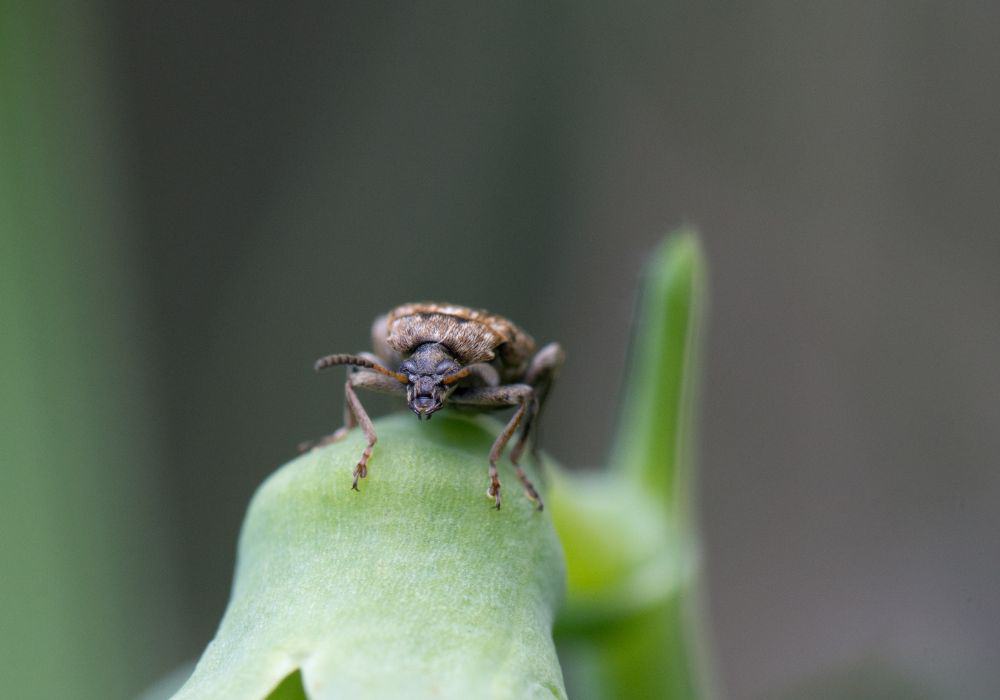
A close second in terms of “nuisance” to bed bugs is the carpet beetle. Carpet beetles are small brown fuzzy beetles that tend to eat anything that has natural fibers in them. They absolutely adore wool, silk, and even pantry items like flour. They also bite, too.
If you see small bugs crawling around in your carpets, there’s a good chance that it may be a carpet beetle. These Iowa insects are aggravating and can be tricky to get rid of, especially if the infestation has gotten to a big enough size for eggs to continue getting laid.
Preventing carpet beetles is a fairly easy act. You need to vacuum (and occasionally shampoo) your carpets. If you have recurring infestations, talking to a pest control maverick can help.
8. Mosquitoes
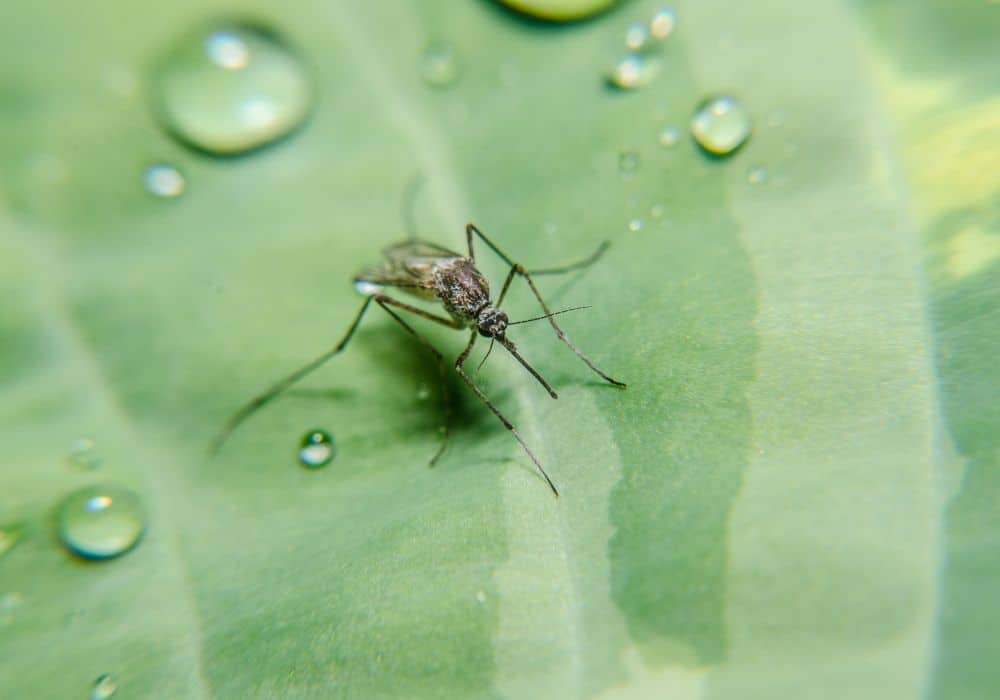
Yes, it’s true. A lot of Iowa’s pests bite. Mosquitoes are one of the most common, and while they prefer to stay outdoors, they can end up inside if you are not lucky. They’re famous for their itchy bites, and sadly, they can also be nasty disease carriers for humans and pets.
The truth is that most of the ways to prevent mosquitoes are fairly well-known. We all know about bug spray. If you’re a pet owner, you know to get heartworm prevention for your pet. You also might be aware of using citronella candles to keep them at bay.
If you want to cut down the number of flying pests in your home, keep standing water away from your house. Even adding a fountain to your pond can reduce a lot of the mosquito-related problems you experience in summer.
In terms of plants that keep mosquitoes away, it’s said that lavender and mint tend to be too strong-smelling for their tastes.
PRO TIP – Mosquitos also tend to hate winds and breezes because it messes with their ability to fly. Having fans around your home can reduce their interest in sticking around.
In conclusion…
Iowa is a great state for people who enjoy living it up in the heart of nature, but it also has its city attractions too. Where you settle down will dictate the pests you are most likely to meet in and around your home.
No matter where you go, a little prevention can help avoid serious problems with your house, health, and sanity. Until next time, keep prepping!
